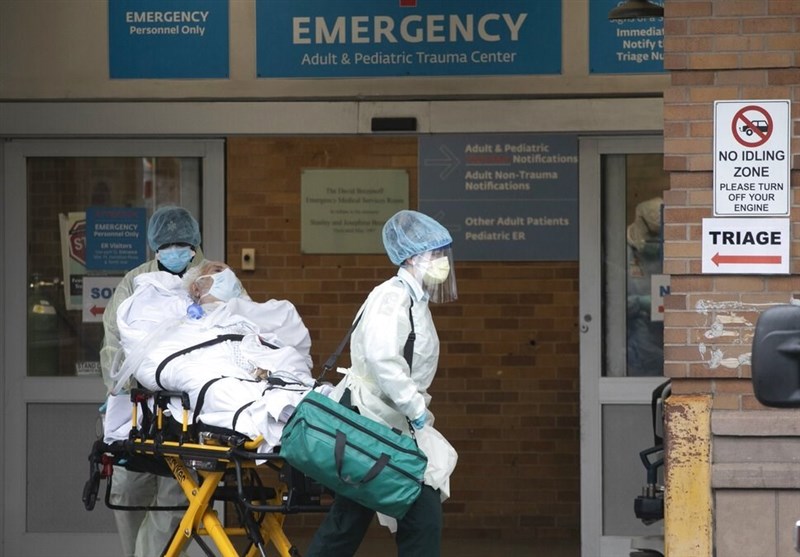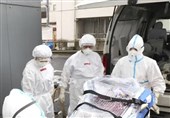COVID-19 Wave May Be near Its Peak in Parts of Northeast US
TEHRAN (Tasnim) – Parts of the United States Northeast may be near the peak of the latest COVID-19 wave, though there are still key areas of concern. Hospitalizations and deaths are likely to mount in the weeks to come.
Cases in Connecticut and Massachusetts have probably topped out, according to the consensus of forecasts published by the US Centres for Disease Control and Prevention. Yet New York and New Jersey still are expected to see infection rates increase.
Since around mid-July, the North-east has been feeling the effects of the US COVID-19 wave that started in Arkansas and Missouri and fueled record hospitalizations in Florida.
Daily hospital admissions are now on the rise in every state in the North-east, according to Department of Health and Human Services data.
“There are continued increases, but not to the level that we’ve seen in previous surges here in the North-east,” Dr Roy Gulick, chief of infectious diseases at Weill Cornell Medicine and New York-Presbyterian hospital, said by telephone, Bloomberg reported.
“I’m seeing some modelling to suggest that peak won’t occur until late September, early October - but of course we don’t know for sure.”
The rates of infection are still far below those seen in early Delta-variant hot spots, and leading indicators suggest the region is likely to crest without getting anywhere near Florida-like levels of viral prevalence.
Nationwide cases are still projected to rise for several weeks.
In New York City, the original epicentre of the US pandemic, the effective reproduction number, or Rt - an estimate of how many new infections come from a single COVID-19 carrier - suggests sustainable declines in case numbers may be on the horizon.
Manhattan’s Rt is estimated to have fallen to 1.0, and when it falls below that level cases are expected to decrease in the near future.
Rt is somewhat higher in the Bronx, Queens and Brooklyn, according to Covidestim, a project with contributors from the Yale School of Public Health, Harvard’s TH Chan School of Public Health and Stanford Medicine.
“Multiple factors challenge our ability to predict what’s going to happen next,” said Dr Gulick, including the range of vaccination rates, masking habits and breakthrough cases.
“Certainly, opening school without having vaccinations available for kids under 12 also potentially will influence the course,” he said.






